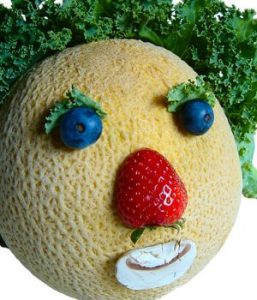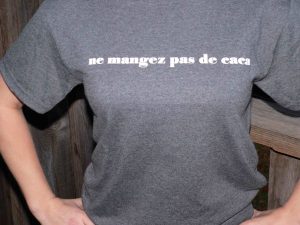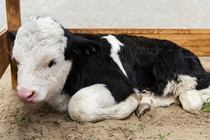Krishna Ramanujan of the Cornell Chronicle reports:
A major study led by Cornell researchers reveals for the first time that water troughs on farms are a conduit for the spread of toxic E. coli in cattle, which can then spread the pathogen to people through bacteria in feces. The study was published Feb. 7 in the journal PLOS ONE.
“Water troughs appeared in our mathematical model as a place where water can get contaminated and a potential place where we could break the cycle,” said Renata Ivanek, associate professor of epidemiology in the College of Veterinary Medicine and the paper’s senior author. The hypothesis was then tested in the field – with surprising results.
People commonly acquire infections from shiga toxin-producing E. coli through cow feces-contaminated beef and salad greens. The main shiga toxin-producing strain, E. coli 0157:H7, causes more than 63,000 illnesses per year and about 20 deaths, according to the Centers for Disease Control. Though cows carry and spread E. coli 0157:H7 when they defecate, the bacteria do not make them sick.
“Farmers do not see a problem because there are no clinical signs in cows; it is totally invisible,” Ivanek said.
A vaccine to reduce bacterial shedding in cows exists, but the beef industry has little incentive to use it, partly due to cost, and the industry does not benefit from labeling beef as “E. coli safe,” Ivanek said. So Ivanek and a research team of 20 co-authors conducted a study to identify other ways to reduce the bacteria’s prevalence in cattle, which can vary over the year from zero to 100 percent of cows in a feedlot carrying the bacteria, with rates generally rising in the summer.
The researchers ran mathematical modeling studies to see if they could pinpoint areas in the farm where infections might spread between cattle. They found that water in a trough, especially in summer months, could heat and promote pathogen replication, causing more cows to acquire the bacteria when they drink. The researchers hypothesized that frequently changing the water in the summer could keep the water colder, limiting bacterial growth.
On most farms, water troughs automatically refill when they get low enough, and farmers can adjust the water levels so they refill more often. This tact saves water and keeps it fresher while ensuring cows still have enough to drink.
The group ran control trials in a feedlot over two summers. This involved reducing the water volume in troughs in randomly selected treatment pens and leaving the volume unchanged in control pens. They expected that reducing the water levels in troughs would prevent the spread of E. coli. Instead they found that it increased spread; in the treatment pens, the odds of finding shiga toxin-producing E. coli in cows was about 30 percent higher than in the control pens.
“Our modeling studies did pick up the right parts of the system,” Ivanek said, “but the mechanism that we postulated is the opposite from what we thought.”
More study is needed to determine why more water in troughs reduced E. coli in cows, but Ivanek questions whether the lower volume made it easier for cows to swallow debris at the bottom of tanks, or whether a fuller tank reduced E. coli concentrations.
The study will trigger more research on environmental sources of E. coli spread in cattle, Ivanek said.
Next steps include repeating the results in other feedlots, evaluating the effectiveness and cost benefit of using more water to reduce E. coli, investigating how seasons and temperatures play a role in prevalence of E. coli, and understanding the actual mechanisms that led to the results.
Wendy Beauvais, a postdoctoral researcher in Ivanek’s lab, is the paper’s first author. Co-authors included researchers from Texas A&M University, West Texas A&M University and Texas Tech University.
The study was funded by the U.S. Department of Agriculture, the National Institutes of Health and the Texas Veterinary Medical Foundation.









